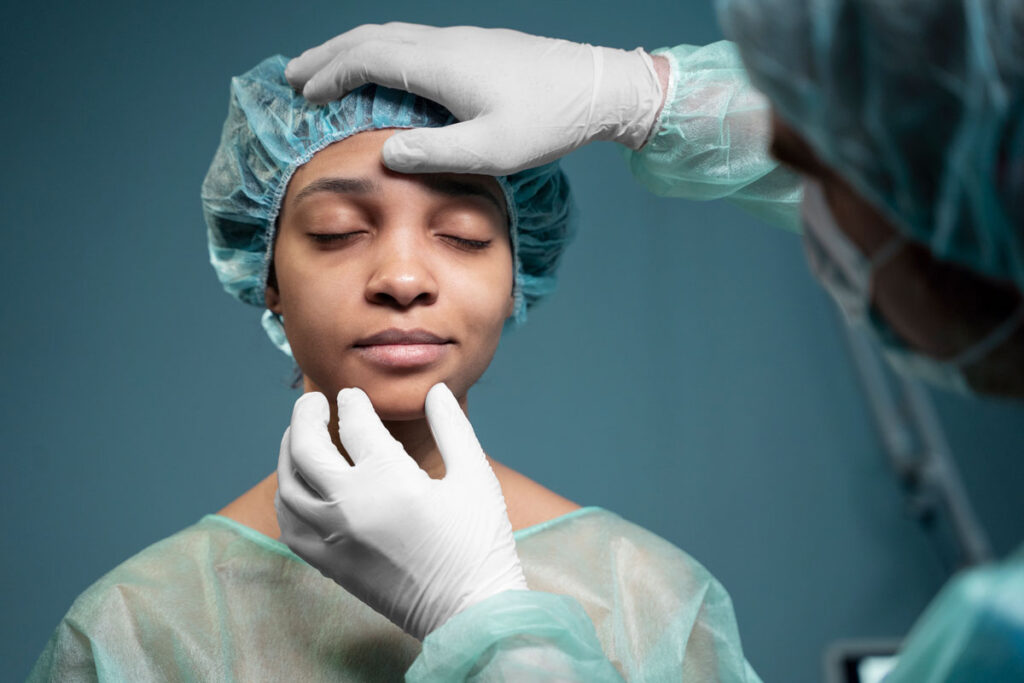Table of Content
Types of Skin Grafts
Indications of Skin Grafting
Skin Grafting Procedure
Complications and Risks
Conclusion
Skin grafting is a surgical procedure that involves transplanting healthy skin from one part of the body to another area that has been damaged or injured. This technique is commonly used to treat burns, wounds, and other skin defects.
Types of Skin Grafts
There are several types of skin grafts, including:
- Autograft: A graft taken from one part of the body and transplanted to another area on the same individual.
- Allograft: A graft taken from a donor and transplanted to a recipient.
- Xenograft: A graft taken from an animal donor and transplanted to a human recipient.
- Composite graft: A graft that includes multiple layers of skin, including the epidermis, dermis, and subcutaneous tissue.
Indications for Skin Grafting
Skin grafting is indicated for a variety of conditions, including:
- Burns: Skin grafting is commonly used to treat burns, particularly those that cover large areas of the body.
- Wounds: Skin grafting can be used to treat chronic wounds, such as diabetic foot ulcers, that have failed to heal with conventional treatments.
- Skin defects: Skin grafting can be used to treat skin defects, such as congenital anomalies or skin cancer excisions.
Skin Grafting Procedure
The skin grafting procedure typically involves the following steps:
- Harvesting the graft: The healthy skin is harvested from the donor site, typically from the thigh or buttock area.
- Preparing the recipient site: The recipient site is prepared by cleaning and debriding the area.
- Applying the graft: The graft is applied to the recipient site and secured with sutures or staples.
- Dressing and aftercare: The graft is dressed and cared for to promote healing and prevent complications.
Complications and Risks
Skin grafting is generally a safe procedure, but as with any surgical procedure, there are potential complications and risks, including:
- Graft failure: The graft may fail to take, resulting in delayed healing or wound complications.
- Infection: Infection can occur at the donor or recipient site, leading to delayed healing or further complications.
- Scarring: Scarring can occur at the donor or recipient site, resulting in cosmetic concerns.
Conclusion
Skin grafting is a versatile and effective surgical procedure that can be used to treat a variety of skin defects and injuries. While there are potential complications and risks, the benefits of skin grafting far outweigh the risks for many patients.





